Be it commercial work, street photography or coastal landscapes – Chris Ford, who grew up in Canada and now lives in in the heart of the Jurassic Coast in Dorset, has bags of experience that he imparted to his students during 30 years of teaching photography in Oxford. Here, he tells us how he approaches street photography, shares his love for Dorset’s famous landmark Pulpit Rock and why it’s worth persevering when creating your first Calvendo calendar, even if you’re not a techie …
Chris, can you talk a bit about your background as a photographer and how and when you took up photography?
I was introduced to photography by my grade six school teacher in the academic year of 1967/68. She had visually described the lyrics to a current song on the radio at the time, and then assigned similar as homework. I tried my best, using my plastic Kodak Instamatic camera in the middle of a very white Canadian winter. Needless to say, my results were useless, but the seed had been planted. I later studied it in high school and had decided I wanted to make it a career during my college (Quebec CEGEP) years (1974). Educationally, my training was as a commercial advertising photographer, specializing in studio photography.
How would you describe your style and approach as a photographer?
My approach is very direct, particularly with my street photography, a genre I have had an ongoing passion with for the last 33 years. I am not shy or afraid to point my camera where it needs to be pointed at the time. However, I won’t push myself into someone’s face so as to be obtrusive. I have developed the skills required to disappear into a crowd yet still capture the moment. This has had a direct impact on my style, having been influenced by the French greats1950’s, ‘60’s and ‘70’s of this style. I don’t shoot machine gun style into a crowd of people and hope for the best as some street photographers do. I prefer to choose a particular moment as a story is unfolding and concentrate on that. This often results in capturing the moment in only one or two frames. Incidentally, I prefer to call what I shoot as “social documentary”, as I am merely photo-documenting people in all manners of social situations, often taking me away from the street.
What makes a good photo for you?
I like to view a huge realm of genres of photography, whether it be conceptual, realism or even a simple product advertisement. If it makes me say “Wow”, then it’s all good for me.
Do you have favourite photographers or artists that inspire you?
I guess I’m old school in my thinking here. I love studio portraits and portraiture, shooting the girlfriends of my mates when I was in my mid-teens. Yousuf Karsh was my favourite then, for his control of light and visual impact. Later as I was developing in a broader way, I enjoyed the environmental portraiture of Arnold Newman, using the spatial frame in a way that was then new and refreshing.
For Advertising work I’d always looked on Pete Turner (USA) as influential. For my “street” photography favourites, Cartier-Bresson, Robert Doisneau and Willy Boubat are to name but a few. I also absolutely love the humour of Elliott Erwitt and have a couple of my own homage images to him in my book. And not forgetting the power of documentary photographer Sebastiao Salgado, or the subtle way of seeing of John Blakemore… or the f64 group, etc, etc. I think I could go on and on. I’ve been active in photography for almost 46 years and have seen a LOT of influential imagery.
You’ve spent 30 years teaching photography. What do you think is the most important photography lesson you imparted to your students and what did they – maybe teach you in return?
Believe in yourself. I believe this to be even more important today in the technological age in which we live. It’s too easy to be bombarded with all manner of images by all manner of photographers and be visually snowed under, so to speak. Don’t doubt yourself; hold on to your vision, your dream and just go for it. It took some years but what the students taught me was to have an open mind, look forward to the present as well as continuing to respect the roots of the past.
You enrolled in a part-time MA degree photography programme a few years back. What made you ‘go back to school’?
The reason I enrolled was twofold; as a young man at typical university age, I never had the opportunity, I had to enter the “working world” when all my mates were studying at university after our college years. Attending university was a dream I’d held all of my life. Secondly, my photography was evolving and I was keen to learn more about conceptual photography and the various offshoots from it.
I enrolled as a part time student at De Montfort University (Leicester City, Leicestershire) in 2010 at the age of 56 to their excellent Master’s degree photography program and graduated in 2012, specializing in memory and photo-therapy via conceptual objectification photography.
You live in Dorset and have created a couple of calendars featuring the monolithic landmark known as Pulpit Rock. What fascinates you about this particular object and how did you go about capturing it?
I was introduced to this landmark on a holiday when I was 16 years old. I’d been failing high school badly and I was sent to Weymouth/Portland in Dorset (where my parental ancestry hails from) to “get my head together” as my father then put it. My cousin took me to Portland Bill, the southern tip of Portland at to the location of Pulpit Rock there. Viewing it for the first time, exploring around it, was almost like a rebirth, I knew I had to live here … but I was a 16 year old teenager living in a country over 3000 miles away. It took 43 years but I eventually made it. You don’t choose to live here, Portland chooses you.
How did I go about capturing it? Well, where I live on the isle is a ten minute drive or a 25 minute walk. I would go out to the monolith in all manner of weather, from bright sunny calm days to wet and windy hurricane influenced weather. I’d go out two to three times a day, roughly five days a week, sometimes a bit more. I rarely used a tripod on the daytime images as I needed the ability to dodge waves and incoming water at quick notice. Often I’d get soaked. On calmer night shots and very low light I’d use my tripod.
Your last project is a Chesil Beach calendar with beautiful images of Chesil Cove at sunset. Can you talk a bit about the process of taking pictures of so many different sunsets?
Chesil beach and Chesil Cove is a magical place for me. The beach itself stretches 18 miles along to a town called Abbottsbury. At the Portland end, the beach is composed of fist sized pebbles, referred to as shingle. The further along you go, the shingle diminishes in size until at Abbottsbury it becomes the size of sand grains.
In rough weather surfing is possible in the cove. Being an isle (and truly an island when the causeway floods and cuts it off from the mainland) the sky is prone to rapid and dramatic changes – the clouds move over to the mainland where they often rest. During this period and with a setting sun, a plethora of skies is viewable, no two ever the same from day to day or year to year. Like the process of shooting Pulpit Rock, I spend a lot of time at the cove waiting for the “perfect” sky, whatever that is supposed to be. Often, I’ll just sit and enjoy the sights and sounds of the waves as they lap or crash against the shingle, very therapeutic.
A few questions about Calvendo: Why did you decide to give our calendar publishing platform a go?
I’ve reached that age in life where I’m not so worried about having to impress anyone; I’m more interested in sharing that which I capture. I’d seen Calvendo calendars in online shops such as Amazon in the recent past and seeing the advertisement to create one on my Facebook feed, I couldn’t resist.
Can you talk a bit about your experience when creating your calendars with Calvendo? Any tips for first timers?
My first experience was one of total frustration. I’m not the most “tech savvy” guy when it comes to using online tools, no matter how well laid out in pre-created templates. But perseverance along with direct advice and answers by the Calvendo team to my many questions enabled me to create my first calendar. This year, I wasn’t so daunted. Tips for newcomers? Stick with it, your patience will win out in the end.
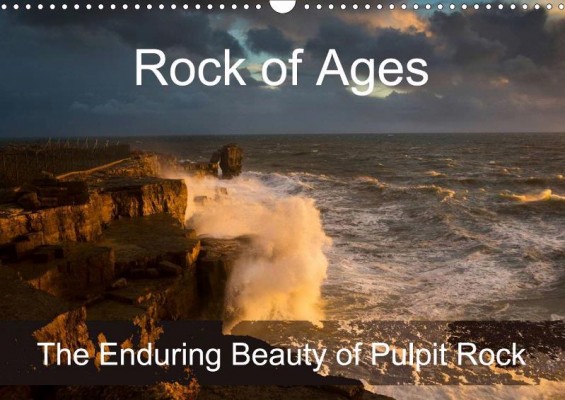
Chris Ford’s ‘Rock of Ages‘ calendar
Last but not least, what are your general comments on Calvendo as a self-publishing platform: Anything you particularly like? Or things that need improving?
Calvendo as a publishing medium is quite broad in the execution of its product. Last year I created a large sized calendar as well as an A3 sized poster book. I could also have created smaller calendars of varying formats (square, portrait or landscape mode). This is a particular feature that appeals to any visual medium artist. Improvement? Hmmm, if it’s not broke, don’t fix it I like to say.
Thanks, Chris, for talking to us and we look forward to seeing more of your work in our product gallery!
See Chris’s Calvendo calendars in our product gallery
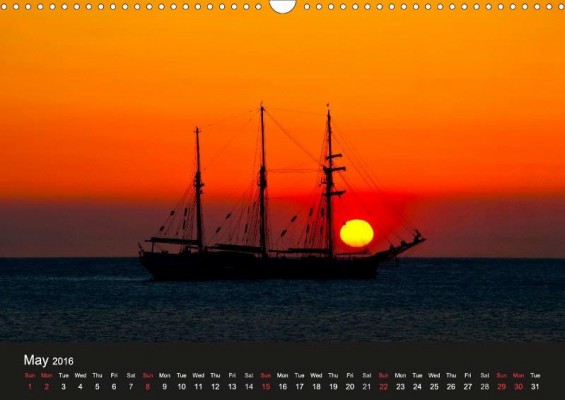
From Chris Ford’s ‘Chesil Cove‘ calendar

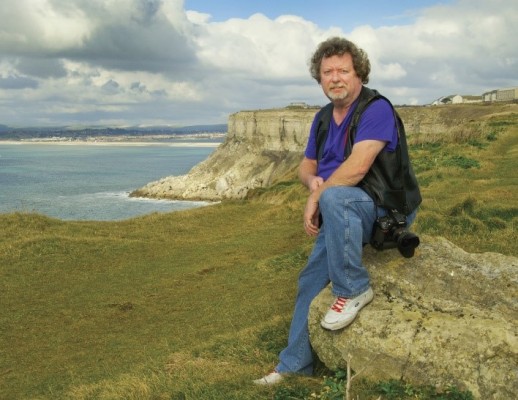
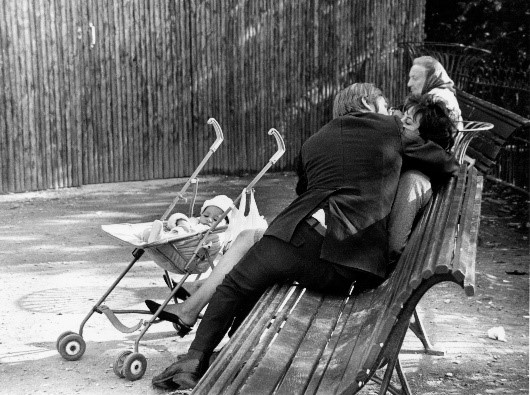

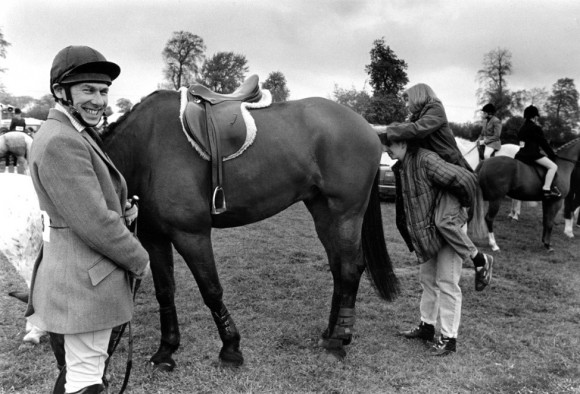
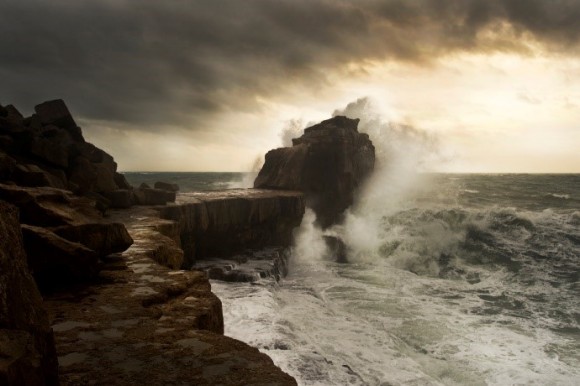
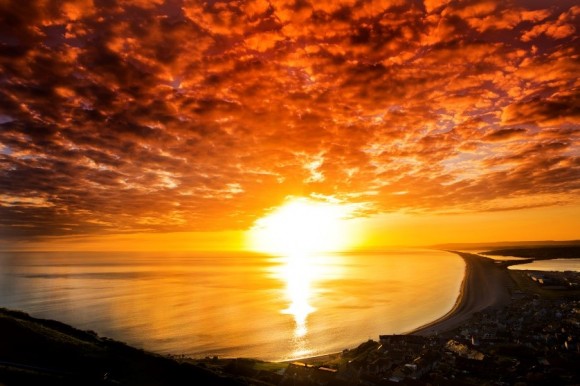
Thank you for the encouragement Mr. Chris Ford. Love reading how a Canadian started out and made a career of photography. I started way late in life, and techie I am NOT … so I guess I am struggling right now, and it was good to hear your comment on not giving-up 🙂 I am not sure if or how one’s calendar is accepted even at Calvendo … I must be missing some things lol I just got myself a PayPal account, that was daunting enough to start 🙂 First calendar attempted, … and shall work on another and persevere! Thank you again 🙂
Shelley Little